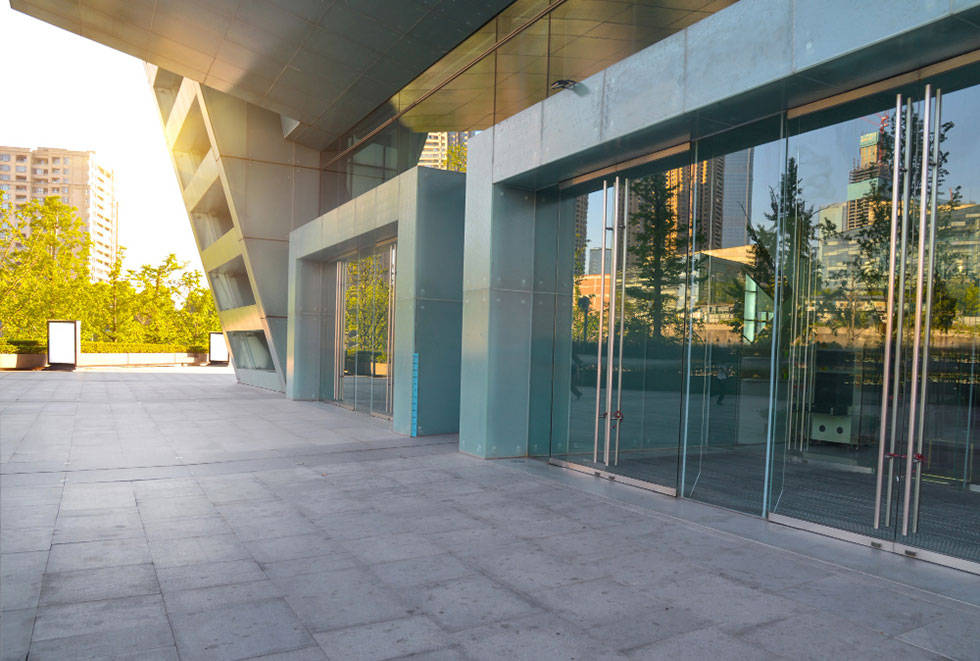
Government buildings, such as community services, town halls, community centres, and landmarks, are designed to serve the public for numerous purposes. As a result, public access to these buildings makes them susceptible to crime, such as arson, theft, vandalism, break and enters.
The National Crime Prevention Centre (NCPC) continuously makes efforts to prevent and reduce crime by intervening in risk factors and implementing effective prevention practices before a crime occurs. In addition to these measures, government buildings can take additional steps to increase security in government buildings through ID cards, qualified security personnel, and video surveillance. Learn some practical ways to increase security in government buildings below.
Use Controlled Access Systems
Government buildings receive lots of traffic throughout the day and some during the night. So, it’s important to take proper measures to enhance safety to secure valuable data, equipment, employees, and visitors.
A controlled access system allows only authorized individuals to enter a building or specific area, making it the ideal option. You can use the best ID cards and top-of-the-line readers to track the facility and restrict entry to certain areas. You can easily update the access based on your current needs when needed.
Hire Efficient Security Personnel
Government buildings must be secure efficiently, often requiring professional security personnel’s assistance. Consult a credible security management company to find someone who can support your building continuously. This will increase security and further restrict unauthorized entries to the building.
Security can also help organize and control situations in significant events or crowds. In the event of a mishap, professional security personnel are likely to have an emergency response plan to protect the building and its members. In addition, security personnel can ensure the safety of employees working late, allowing your staff members to feel more secure at the workplace.
Install Panic Button
Panic buttons allow your employees to alert security monitoring companies about potential emergencies in the building, such as theft, robbery, or vandalism. Place panic buttons strategically throughout your workplace that employees can easily reach.
To ensure that outsiders don’t know the placement of the panic buttons, it’s important to limit access to the building. Issue ID cards for government employees to prevent unauthorized individuals from entering working spaces. An efficient ID card system can also protect your building from insider threats and reduce the risk of equipment or data theft. Consult our ID card experts to find the right solution for your building.
Upgrade Surveillance System
Many organizations across Canada use conventional CCTV cameras. Some of these cameras are monitored by on-site security, while other cameras simply record the footage. Although a CCTV camera helps control crime, it’s important to upgrade your surveillance system, especially in today’s uncertain climate.
Consider implementing verified alarms that use remote security to stop criminals from running away after committing a crime. When the motion sensors activate the alarm, a security professional can view the live broadcast of the scene through a remote monitoring station. This makes it easier to take immediate action.
Enhance Cybersecurity
Several government services use digital platforms to connect to the public. Although it is an efficient method of communicating with people, it also poses several cybersecurity risks. Some of the modern security risks include malware, phishing, password attacks, and denial of service.
The best way to reduce cybersecurity risks is by learning about the latest cybersecurity threats and installing anti-virus software. It’s also important to train your employees to help them stay informed and allow them to take the right steps in the case of a cyberattack.
